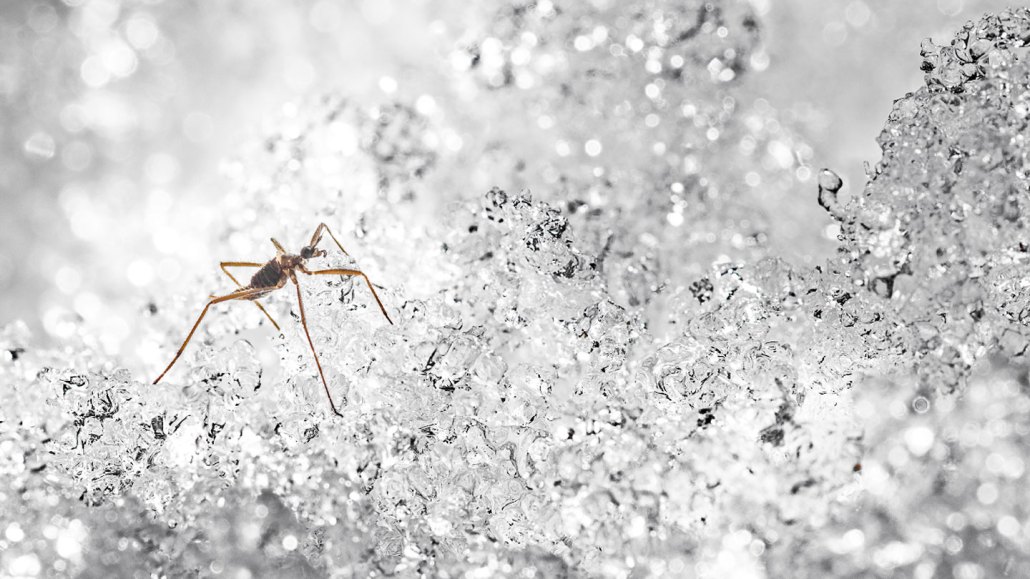A grisly trick helps snow flies survive freezing: self-amputation
The insects cast off freezing limbs, preventing ice from spreading through their bodies

In the wild, snow flies are often missing legs, like the insect shown here. The flightless flies may self-amputate limbs as a way to survive the cold.
Trasroid/Flickr (CC BY-NC 2.0)